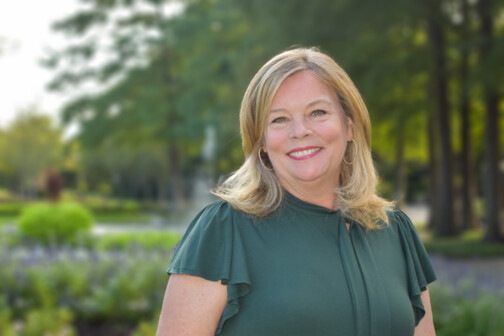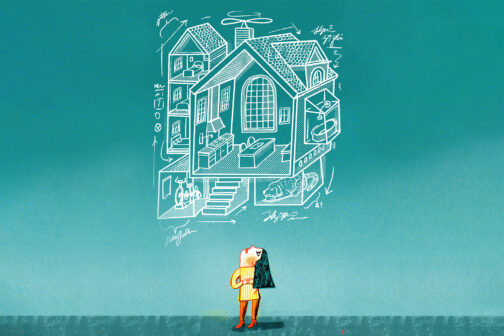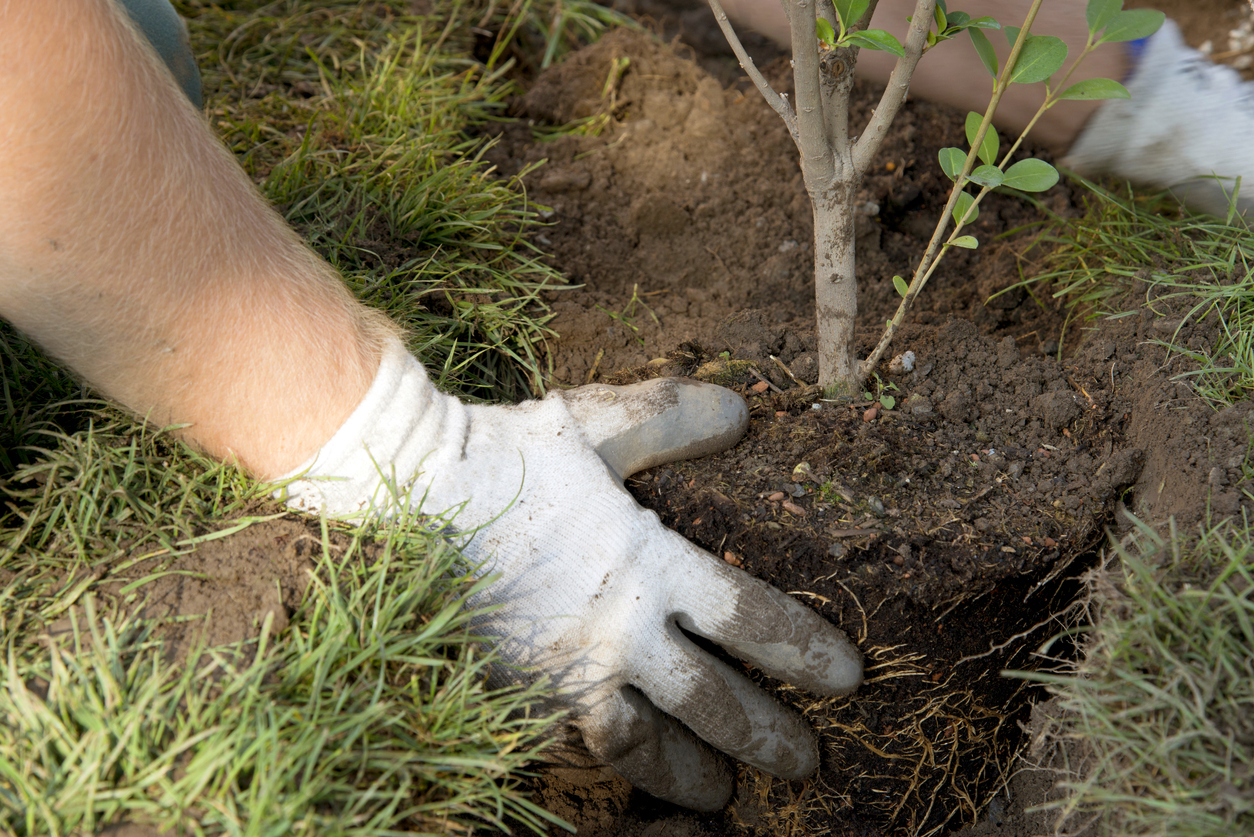Exactly a year after announcing the retirement of its longtime president and CEO Mary Brinegar, the Dallas Arboretum revealed her replacement Wednesday. San Antonio Botanical Garden CEO Sabina Carr will next month take the helm of the 39*-year-old institution, which opened its 66-acre gardens on the old DeGolyer Estate in 1984.
Carr, who attended Southern Methodist University, first visited the Dallas Arboretum nearly 20 years ago at an American Public Gardens Association annual meeting. “I immediately fell in love,” she told D Magazine in an email. “The gardens were beautiful, of course, but I was especially impressed with the meticulous care that clearly went into these intricate and expansive displays.”
At the time, Carr worked at the Atlanta Botanical Garden, where she served as vice president of marketing. After nearly 17 years in Georgia, she joined the 38-acre San Antonio Botanical Garden as CEO in 2019 as the former publicly run space privatized. During her four-year tenure there, Carr doubled memberships and annual visits, and aided a $40 million capital campaign to improve the facilities. She has also served as a former president of the American Public Gardens Association and was honored by the Garden Club of America in 2022.




















